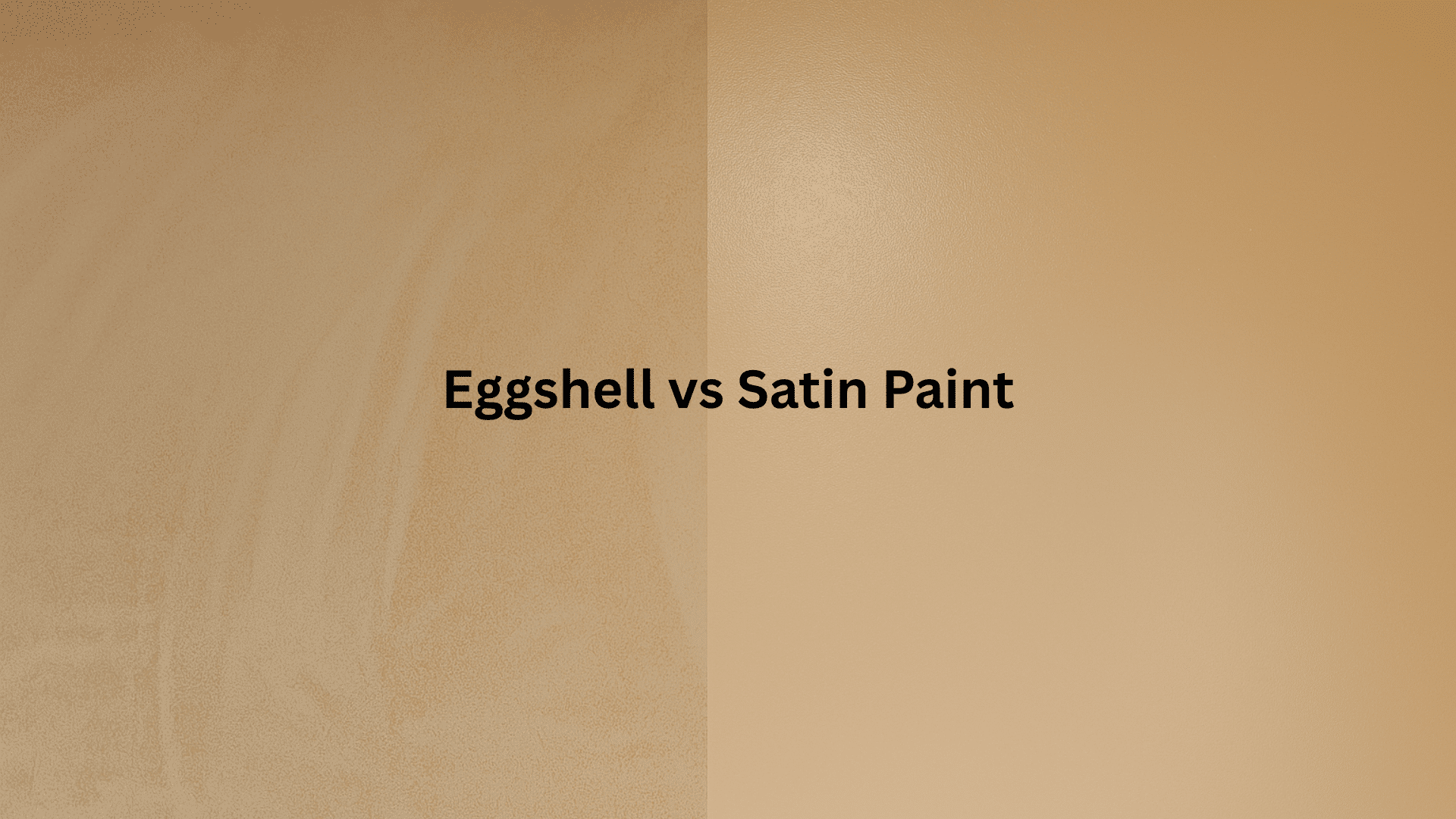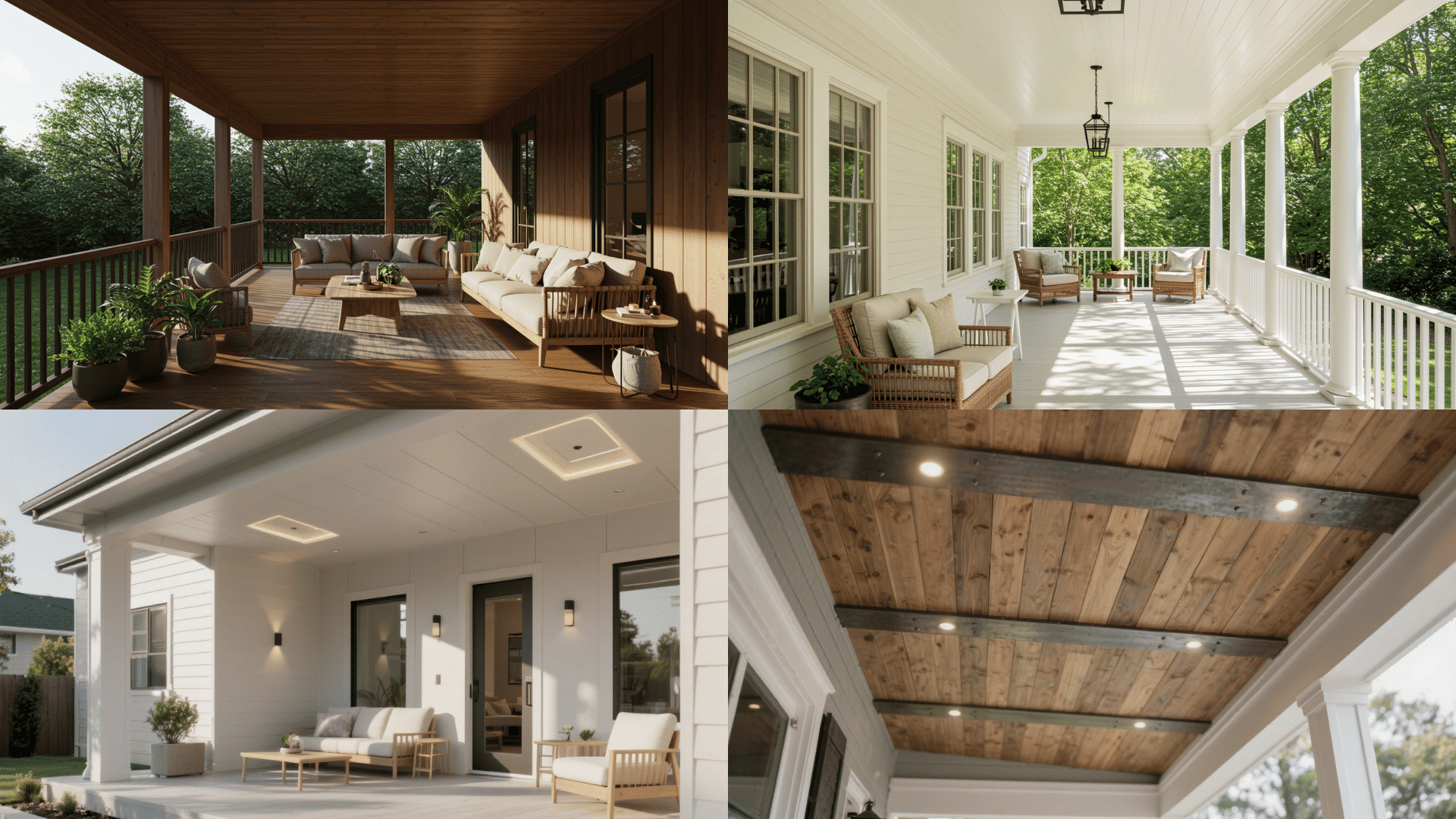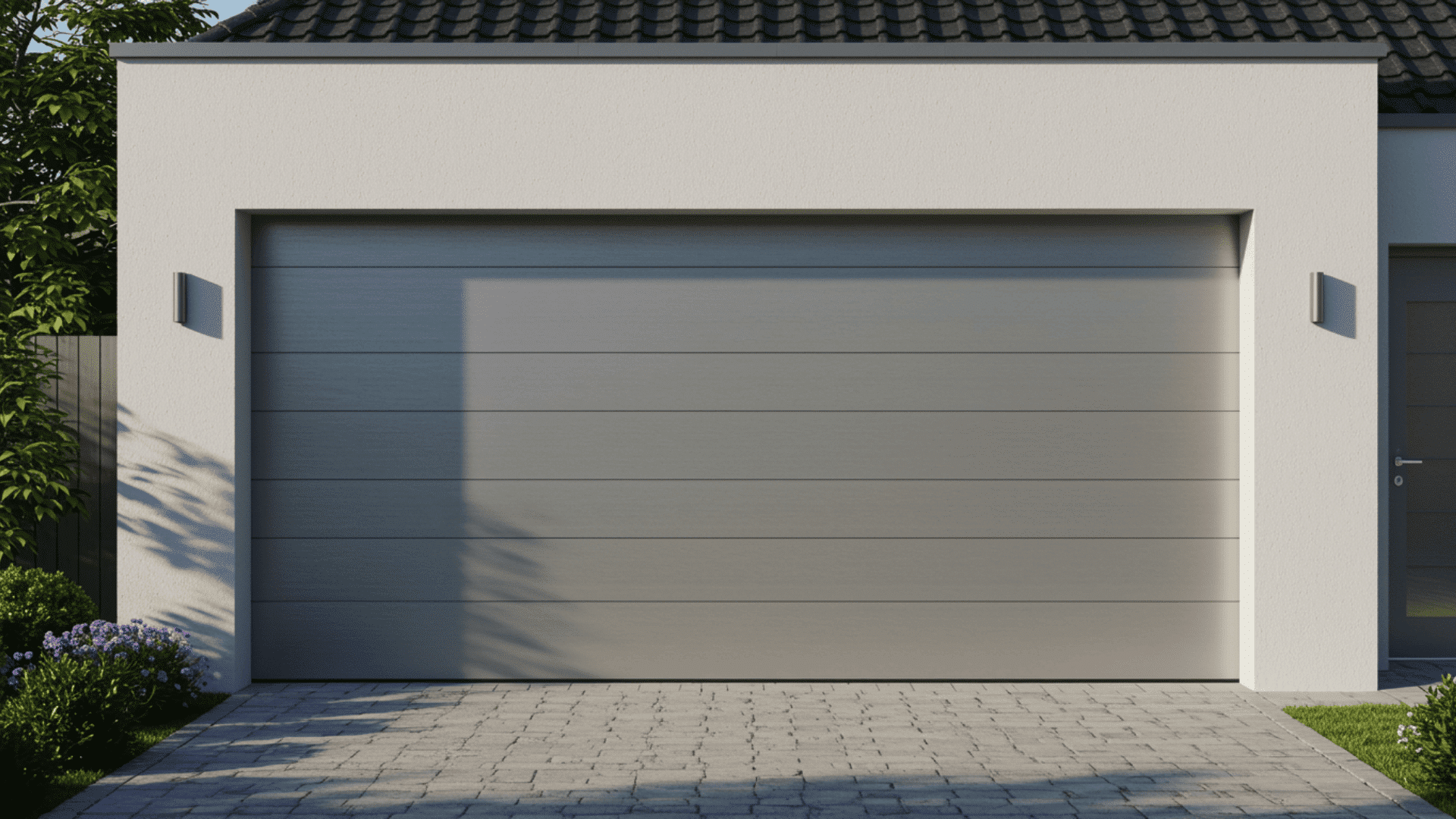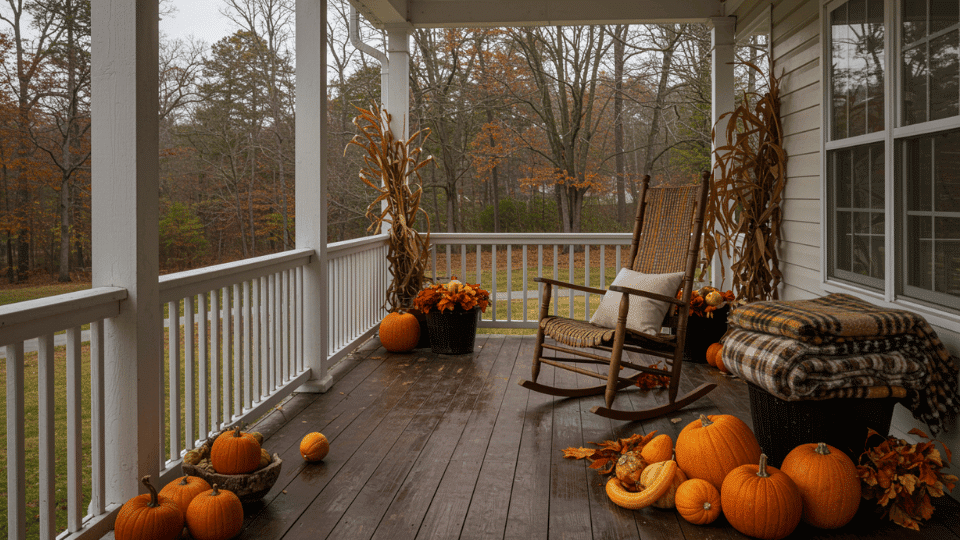Ever stood in the paint aisle wondering which finish to pick? The battle between eggshell and satin paint confuses homeowners everywhere.
Both look similar in the can, but they give very different vibes. One hides imperfections, the other reflects light beautifully.
The durability? That’s where things get interesting. Your choice affects cleaning, touch-ups, and the room’s feel. For bedrooms, kitchens, or hallways, understanding finishes prevents costly mistakes.
Ready to find the best paint finish for your space?
Why Does Paint Finish Matter for Your Walls?
Paint finish decides far more than just appearance. It affects durability, maintenance, and how light interacts with wall surfaces.
Different finishes offer varying levels of protection against wear and tear.
Higher sheens typically resist moisture and stains better, while lower sheens hide surface flaws more effectively. This becomes especially important in homes with children, pets, or high foot traffic.
When comparing eggshell vs satin paint, understanding these fundamental differences helps people match the finish to the room’s specific needs.
Differences in Eggshell vs Satin Paint
Choosing between eggshell and satin paint can be tricky since both offer distinct textures and appearances. Here are the major differences:
| CHARACTERSTIC | EGGSHELL PAINT | SATIN PAINT |
|---|---|---|
| Sheen Level | Low, soft sheen | Medium sheen |
| Appearance | Velvety, smooth | Smooth, slightly glossy |
| Durability | Moderate | High |
| Cleanability | Basic wipe-down | Highly washable |
| Touch-ups | Blends easily | May show patch marks |
| Overall Look | Soft and subtle | Sleek and refined |
Cost Considerations and Long-Term Value
Eggshell vs satin paint has similar upfront costs, but their long-term value differs based on maintenance needs and repainting frequency.
- Similar Initial Costs: Both finishes have minimal price differences across most brands.
- Satin’s Durability Advantage: Satin withstands frequent cleaning and requires fewer touch-ups in high-traffic areas.
- Eggshell’s Sweet Spot: It’s economical in low-traffic rooms and shows minimal wear.
- Costly Mismatches: Using eggshell in busy spaces requires premature repainting.
Think about your typical traffic and cleaning routines when picking between the two paint finishes. This way, you’ll choose the one that best fits your lifestyle and keeps your space looking great!
Best Rooms for Eggshell Paint
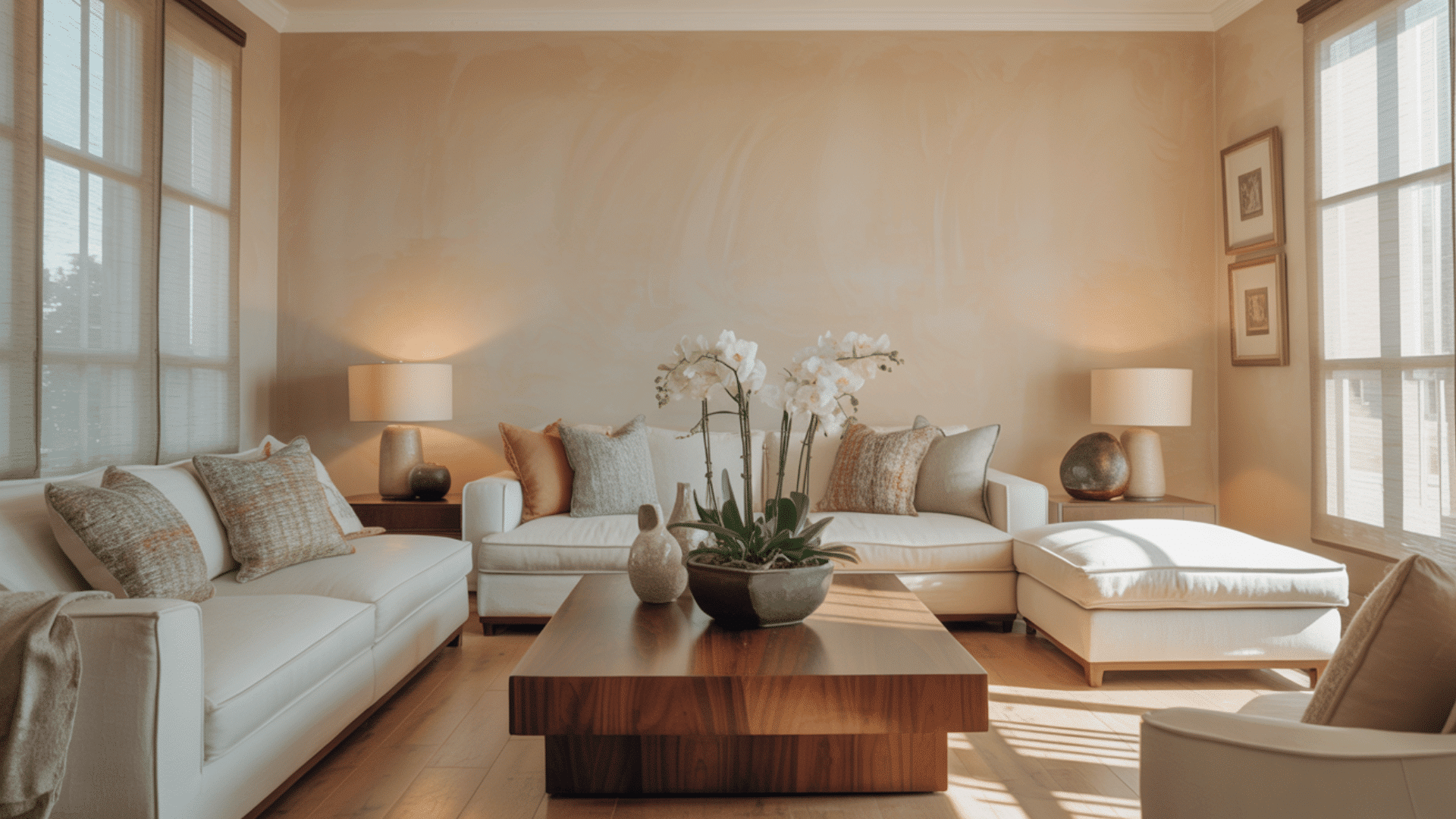
Eggshell paint performs well in spaces where looks matter more than heavy-duty durability. Its low sheen creates a refined atmosphere while minimizing the appearance of minor wall imperfections.
- Living Rooms: Living rooms benefit from eggshell’s matte-like finish. The subtle sheen adds depth without creating distracting glare from windows or lamps.
- Dining Rooms: The formal nature of dining rooms pairs perfectly with eggshell’s understated look. Walls in these spaces rarely face the scrubbing or moisture exposure found in kitchens, making eggshell paint a natural choice over more durable finishes.
- Bedrooms: Both master and guest bedrooms are ideal candidates for eggshell finishes. The calm, soft appearance enhances relaxation, and the minimal traffic in sleeping areas means walls stay cleaner longer.
- Home Offices: Home offices gain a professional yet comfortable feel with eggshell paint. The finish reduces screen glare while maintaining a polished look that’s appropriate for video calls and focused work environments.
- Low-Traffic Hallways: Hallways with minimal use can handle eggshells’ fragile nature. In homes where certain passages see little activity, eggshell provides visual consistency with nearby bedrooms and living spaces.
Best Rooms for Satin Paint

Satin paint excels in spaces that demand durability, moisture resistance, and frequent cleaning. Its slightly higher sheen handles the wear and tear that would quickly damage more subtle finishes.
- Kitchens: Kitchens face constant challenges like grease splatters, steam, and frequent wall contact. The finish’s moisture resistance prevents damage from cooking humidity that would harm eggshell paint vs satin in this environment.
- Bathrooms: Moisture is the bathroom walls’ biggest enemy. Satin’s protective sheen resists water damage and mildew growth far better than lower-sheen options. Regular cleaning doesn’t compromise the finish, making it ideal for shower-adjacent walls.
- Kids’ Rooms: Children’s spaces need walls that survive fingerprints, crayon marks, and general roughhousing. Satin paint handles repeated scrubbing without showing wear, making cleanup straightforward rather than stressful for parents.
- Entryways and Mudrooms: These high-impact zones take serious abuse from shoes, bags, and constant traffic. Satin’s durability keeps walls looking fresh despite daily contact. The washable surface maintains its appearance even in the busiest households.
- Laundry Rooms: Laundry rooms combine moisture and activity, creating the perfect storm for wall damage. Satin stands up to humidity from dryers and washing machines while handling the occasional detergent splash or bump from laundry baskets.
Which One Should You Choose?
The decision between the paint types depends on the room’s function and traffic level.
- Eggshell works beautifully in spaces that prioritize aesthetics over durability, think areas where subtle grace matters most, and in walls that rarely need scrubbing.
- Satin shines in demanding environments where walls endure constant use. Choose it for spaces requiring regular wiping, moisture exposure, or heavy activity.
For most homes, combining both finishes strategically makes the most sense. Match the paint sheen to each room’s specific needs rather than using a single finish throughout.
Consider who uses the space, how often it gets dirty, and whether appearance or practicality takes priority when evaluating eggshell vs satin paint options.
Application and Preparation Tips for Both Finishes
Achieving professional-looking results starts well before you open the paint can. The surface preparation and application method directly impact how your chosen finish performs and how long it lasts.
- Surface Preparation: Remove all dust, grease, and debris from walls before painting begins.
- Repair Work: Patch holes and cracks with spackle, sanding everything smooth for flawless results.
- Priming: Apply primer on bare walls or when making dramatic color changes.
- Quality Tools: Invest in brushes and rollers matched to your specific sheen level.
- Application Method: Use multiple thin coats rather than a single heavy layer to prevent drips.
- Drying Time: Follow the manufacturer’s recommendations for drying time between coats.
- Environmental Conditions: Paint in moderate temperatures and avoid high humidity for optimal curing.
Proper technique ensures your eggshell vs satin paint choice delivers the beautiful, durable finish you expect.
Community Advice
People on platforms like Reddit, Houzz, Quora, and Facebook Home Design groups often share real-world experiences when comparing eggshell and satin paint finishes.
Below are a few common questions and concise answers inspired by these community discussions.
1. Is eggshell paint suitable for bathrooms?
Eggshell can work if the walls are smooth and the bathroom is well-ventilated, but satin performs better against moisture and cleaning.
2. Which finish hides wall texture or uneven plaster better?
Eggshell conceals minor imperfections more effectively because of its lower sheen, whereas satin tends to emphasize them.
3. Is satin always better for high-traffic areas?
Usually yes, since satin withstands frequent cleaning and contact. However, eggshell may be better for less-busy rooms where a softer look is desired.
4. Can I use eggshell paint in a master bath without it peeling?
It’s possible if the area is properly primed and moisture-controlled, though satin remains the more reliable option for humid spaces.
Final Thoughts
Choosing between eggshell vs satin paint is simple: eggshell for calm, low-traffic spaces that prioritize looks, and satin for busy areas needing durability and easy cleaning.
Use eggshell finish in cozy rooms like bedrooms and dining areas, and satin for high-traffic zones like kitchens and bathrooms.
Walk through your home, note busy rooms, pick the right finish, and start painting confidently. What’s your biggest challenge in choosing paint finishes? Share your questions below!

